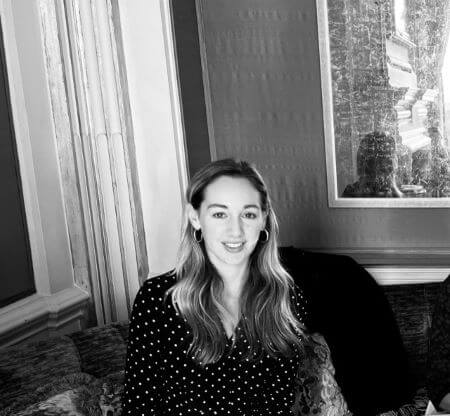

Insights Kirstin shows us the future with Engineering Net Zero
What role do you play in Engineering Net Zero?
What do you love most about working on ENZ?
What is your team like?
What makes your team at Atkins great at what it does?
What is our biggest challenge for the future?
How would YOU like to see things develop by 2030?
How will individuals' outlooks have to change?
Which challenges faced by the world are closest to your heart?
Why can't we just live in space-age bubbles?
How will a Net Zero city look and feel different?
Interested? Find out more about life at AtkinsRéalis
Sign up to receive the latest content tailored to your interests
Our articles

Preview
GeneralContent type
BlogsPublish date
05/06/2024
Summary
In today's fast-paced, globalized world, the opportunity for graduates to gain hands-on international experience is invaluable. The Graduate Exchange Program at AtkinsRéalis stands as a testa

Preview
USAContent type
BlogsPublish date
05/03/2024
Summary
Robotics, electrification, alternative power sources; not long ago, these phrases would have been little other than the stuff of a good futuristic plotline. Today, they are the forces that are d

Preview
USAContent type
BlogsPublish date
05/02/2024
Summary
The structural engineering market is experiencing rapid changes, with Net Zero goals, advanced technology, and environmentally conscious building practices becoming the new bread and butter of t

Preview
CanadaContent type
BlogsPublish date
05/01/2024
Summary
Exploring the behind-the-scenes of professional journeys within a company can offer a fascinating perspective on challenges, successes, and lessons learned. In this article, we had the privile

Preview
USAContent type
BlogsPublish date
05/01/2024
Summary
Hydraulic engineering is a branch of civil engineering that specializes in building hydraulic engineering designs—‘hydraulic’ stemming from the Ancient Greek word for water. Hydraulic power, the

Preview
Middle EastContent type
BlogsPublish date
04/30/2024
Summary
In an ambitious and far-reaching declaration, Saudi Arabia has proudly announced 2024 as the 'Year of the Camel', a tribute to these timeless creatures that embody the heart of Arabian heritage

Preview
Middle EastContent type
BlogsPublish date
04/29/2024
Summary
As a hub of diversity and multiculturalism, the UAE boasts a thriving economy with rapidly growing infrastructure. Steering away from a reliance on oil and toward cutting-edge innovation, the UAE is

Preview
EuropeContent type
BlogsPublish date
04/29/2024
Summary
Meet Tom from our D&AT (Design & Advanced Technology) team. He's an associate at AtkinsRéalis who has built an exciting career on diverse and career-defining projects, including work on the Lo

by
Shailaja Mantha

Preview
Middle EastContent type
BlogsPublish date
04/26/2024
Summary
By implementing reforms in the public sector and wider society, the KSA’s Vision 2030 has greatly improved government efficiency, bringing about new growth and investment opportunities. What is Visio
.jpg)
Preview
IndiaContent type
BlogsPublish date
04/25/2024
Summary
In the ever-evolving landscape of professional endeavours, finding a workplace that feels like your safe space is a rare gem. AtkinsRealis stands as a beacon in this regard, where talents not only
.jpg)
Preview
IndiaContent type
BlogsPublish date
04/25/2024
Summary
In the ever-evolving landscape of urban drainage modelling, AtkinsRéalis stands as the leaders with large highly skilled urban drainage modellers. Our focus on serving our clients around urban dra

Preview
CanadaContent type
BlogsPublish date
04/25/2024
Summary
Since the start of the COVID-19 pandemic, the skill of managing constantly changing environments has become more and more important. New construction project management software offers innovativ

AtkinsRéalis
Equality, diversity and inclusion
We’re devoted to growing the diversity of our people, promoting an inclusive culture, providing everyone with an equal voice because simply put, it’s the right thing to do. Click to learn more.
Find out more



